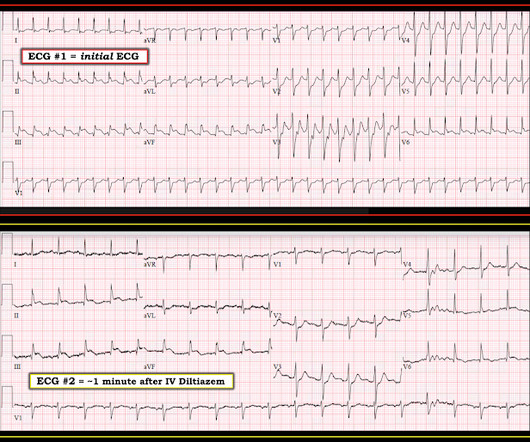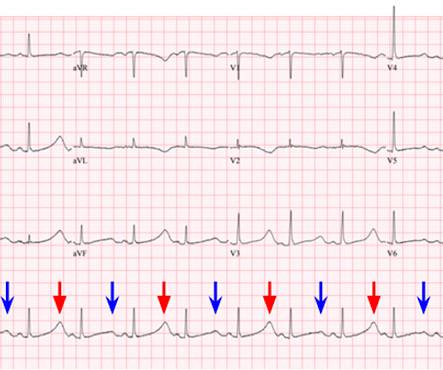Arrhythmia? Ischemia? Both? Electricity, drugs, lytics, cath lab? You decide.
Dr. Smith's ECG Blog
NOVEMBER 26, 2018
In some cases the ischemia can be seen "through" the flutter waves, whereas in other cases the arrhythmia must be terminated before the ischemia can be clearly distinguished. In this case, there is diffuse ischemic ST depression of subendocardial ischemia, of course with accompanying reciprocal STE in aVR.












Let's personalize your content